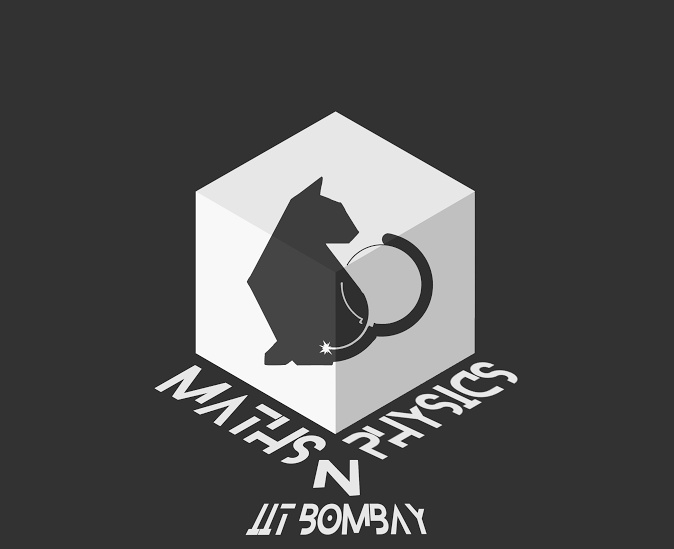Turing was born in Maida Vale, London, while his father, Julius Turing, was on leave from his position with the Indian Civil Service (ICS) at Chatrapur, in India.
Very early in life, Turing showed signs of the genius that he was later to display prominently.
In 1926, at the age of 13, he went on to Sherborne School. The first day of term coincided with the 1926 General Strike, in Britain, but Turing was so determined to attend, that he rode his bicycle unaccompanied 60 miles (97 km) from Southampton to Sherborne, stopping overnight at an inn.
Turing showed remarkable ability in the studies he loved, solving advanced problems in 1927 without having studied even elementary calculus. In 1928, aged 16, Turing encountered Albert Einstein’s work and was able to convincingly grasp it.
In 1936, Turing published his paper “On Computable Numbers, with an Application to the Entscheidungsproblem (Decision Problem)”.
In this paper, Turing reformulated Kurt Gödel’s 1931 results on the limits of proof and computation, replacing Gödel’s universal arithmetic-based formal language with the formal and simple hypothetical devices that became known as Turing machines.
Turing proved that his “universal computing machine” would be capable of performing any conceivable mathematical computation if it were representable as an algorithm. He went on to prove that there was no solution to the decision problem by first showing that the halting problem for Turing machines is undecidable: it is not possible to decide algorithmically whether a Turing machine will ever halt.
John von Neumann acknowledged that the central concept of the modern computer was due to Turing’s paper. To this day, Turing machines are a central object of study in theory of computation.
In 1939, Turing was asked to join the Government Codes and Cypher School, a British code-breaking organisation (now GCHQ), which was moved to Bletchley Park when war was declared on 3 September.
Turing’s most notable achievement at Bletchley was cracking the ‘Enigma’ code. The Enigma was an enciphering machine used by the German armed forces to send messages securely. Turing developed the Bombe, a machine based on an earlier Polish design, which from late 1940 was decoding all messages sent by the Enigma machines.
Next, Turing turned his attentions to the more complex German naval signals, and together with his ‘Hut 8’ team at Bletchley, succeeded in decrypting these as well in 1941, contributing to Allied victory in the Battle of the Atlantic.
In July 1942, Turing developed a complex code-breaking technique he named ‘Turingery’ for use against the Lorenz cipher messages produced by the Germans’ new Geheimschreiber (secret writer) machine.
Turing also developed a secure speech system, which he named Delilah. The system, which encoded and decoded voice communications, was intended to be used in a similar way to a telephone scrambler.
While working at Bletchley, Turing, who was a talented long-distance runner, occasionally ran the 40 miles (64 km) to London when he was needed for meetings, and he was capable of world-class marathon standards. Turing tried out for the 1948 British Olympic team but he was hampered by an injury.
At the end of the war, Turing was made an Officer of the Most Excellent Order of the British Empire (OBE) for his code-breaking work.
Turing was a founding father of artificial intelligence and of modern cognitive science, and he was a leading early exponent of the hypothesis that the human brain is in large part a digital computing machine. He theorized that the cortex at birth is an “unorganised machine” that through “training” becomes organized “into a universal machine or something like it.” Turing proposed what subsequently became known as the Turing test as a criterion for whether an artificial computer is thinking (1950).
A reversed form of the Turing test is widely used on the Internet; the CAPTCHA test is intended to determine whether the user is a human or a computer.
He also wrote the first-ever programming manual, and his programming system was used in the Ferranti Mark I, the first marketable electronic digital computer (1951).
When Turing was 39 years old in 1951, he turned to mathematical biology, finally publishing his masterpiece “The Chemical Basis of Morphogenesis” in January 1952.
He used systems of partial differential equations to model catalytic chemical reactions.
In March 1952 he was convicted of “gross indecency”—that is to say, homosexuality, a crime in Britain at that time—and he was sentenced to 12 months of hormone “therapy.”
By the early 21st century Turing’s prosecution for being gay had become infamous. In 2009 British Prime Minister Gordon Brown, speaking on behalf of the British government, publicly apologized for Turing’s “utterly unfair” treatment.
On 7 June 1954, Turing was found dead from cyanide poisoning. An inquest ruled that it was suicide, although this has been contested more recently, with Turing expert Prof Jack Copeland attributing his death to the accidental inhalation of cyanide fumes during an experiment.)
The extent of Alan Turing’s work did not fully come to life until after his death. His impact on computer science is commemorated in the annual ‘Turing Award’ – the highest accolade in the industry. Meanwhile, his code-breaking operations at Bletchley Park are credited with shortening the war by as much as two years and resulting in Allied victory – saving countless lives in the process.





